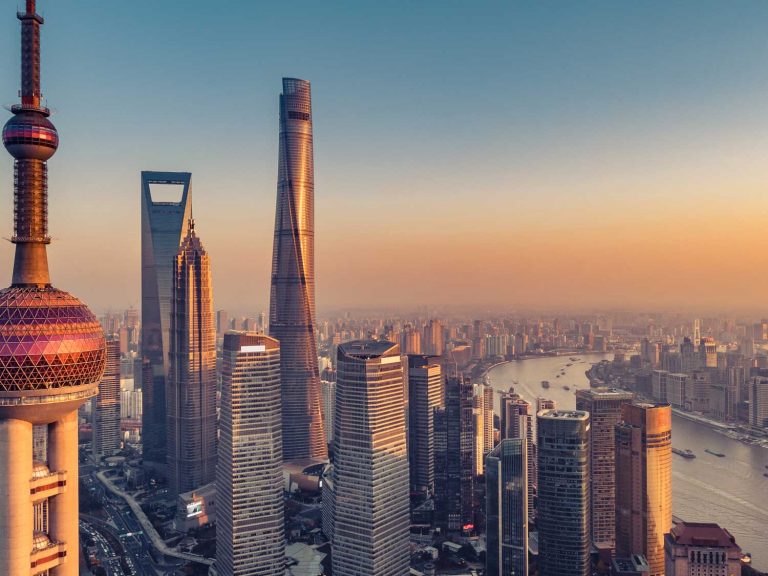
Date:
Brighter looking future for China and Asia
The sidewalk booths, where residents took compulsory COVID tests almost daily, have gone and queues are again forming outside restaurants, while face masks, which were omnipresent for nearly three years, have almost disappeared, but some challenges remain.
China’s Centre for Disease Control (CDC) said that there are no new COVID variants circulating in China and research published in the Lancet Medical Journal, confirmed that no new variants had emerged. Two weeks ago, the Communist Party of China declared victory over COVID-19 and the General Administration of Customs (GAC) announced last week, that they will no longer require COVID prevention measures for imports from the 1st March onward.
South Korea has already lifted testing requirements for travellers from China and from the 16th February, the EU phased out testing requirements that were imposed on travellers from China, with Chinese and foreign airlines increasing the number of international flights that link China with the rest of the world.
In view of the faster-than-expected recovery of consumption and other activities, rating agency Fitch has revised its growth forecast for China to 5.0% from 4.1%.
Shanghai will be a critical factor for reviving growth, as the city contributes more to China’s economy than any other and Shanghai is eager to court foreign business, with Apple’s CEO Tim Cook expected to visit in March.
Chinese factory owners and exporters are looking to woo back there overseas buyers, after three years of effective shutdown under Beijing’s zero-COVID policy, with delegations visiting trade shows across the US and Europe to drum up business.
Factory production was disrupted by rolling lockdowns, rising shipping costs delayed orders and geopolitical tensions, with China’s exports dropping 9.9% year on year in December, as global inflation and interest rate rises dampened demand.
The worst of the economic headwinds that faced Asia last year have started to fade and global financial conditions have eased, food and oil prices are down, and China’s economy is rebounding.
With growth across Asia set to accelerate to 4.7% this year from 3.8% in 2022, this will make it by far the most dynamic of the world’s major regions and a bright spot in a slowing global economy.
Despite their economic challenges, with pandemic supply-chain disruptions fading, China and India are expected to contribute more than half of global growth this year, with the rest of Asia contributing an additional quarter.
Cambodia, Indonesia, Malaysia, the Philippines, Thailand, and Vietnam are already back to their robust pre-pandemic growth.
As new opportunities to trade with China, India and South East Asia emerge, we have fixed price and long-term capacity agreements in place with our partner carriers, to give you peace of mind, with resilient, consistent and reliable supply chain solutions.
Metro’s cloud-based supply chain management platform, MVT, simplifies global trading, by making every milestone and participant in the supply chain transparent and controllable, down to individual SKU level.
To discuss how our technology could support your supply chain, EMAIL Simon George our Technical Solutions Director or EMAIL Elliot Carlile to discover all options relating to current freight profile movements to and from China and Asia.
